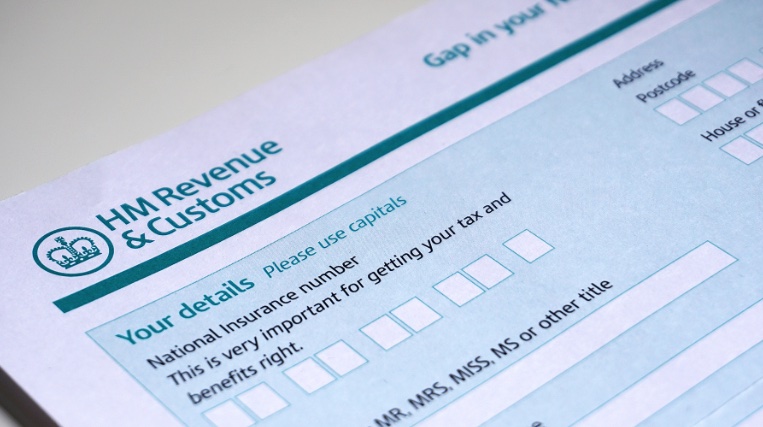Following on from last months topic of Benefits In Kind, we thought this month we would give a detailed guide to personal tax codes – what they mean, how to understand them, when they change, and how you can check yours is correct.

What tax codes mean
Your tax code lets your employer or pension provider how much tax they should be deducting and paying across to HMRC on your behalf.
Currently the personal allowance (how much money you can earn each year before you start paying income tax) is £12,570, an therefore the “standard” tax code is 1257L – where the L replaces the “0”. This would be considered the “normal” tax code but the numbers and letters can change depending on the circumstances.
How to understand your tax code
The numbers will represent how much you can earn before being taxed. The usual would be 1257L, meaning a tax free allowance of £12,570.
If your tax code starts with a “K”, then you have an income source which is not being taxed elsewhere and it exceeds your tax free allowance. The best way to view tax codes starting with a “K” is a negative allowance. For example, if you had £15,000 of income elsewhere which is not taxed, your tax code would be K243 (being the standard allowance of £12,570 less the £15,000). If you were earning £30,000 in your job with a tax code of K243 your employer would be taxing you as if you were earning £32,430 (which if you add on the usual tax free allowance of £12,570 makes £45,000 – which is your £30,000 salary plus the other income of £15,000).
There are a variety of letters that can be at the end of your tax code, but the most common are:
L = you’re entitled to the standard tax free allowance
M = your partner has transferred 10% of their personal allowance to you under the Marriage Allowance
N = you have transferred 10% of your personal allowance to your partner under the Marriage Allowance
T = your tax code includes other calculations to work out your personal allowance
BR = all your income from this job is taxed at the basic rate. This is usually because you have a job or pension income from elsewhere.
A bit about us……We are an accounting firm based in Medway, Kent, and we specialise in advising individuals and small businesses on all matters of accountancy and taxation. We want to have genuinely open communication with our clients, and that’s why we don’t record our time and raise bills after every conversation – so you can feel at ease in contacting us and not worry that a bill will follow. If this sounds like something you are looking for in your accountants why not contact us for a free discovery meeting.
When tax codes change
There are a variety of reasons why your tax code might be adjusted by HMRC which can include:
- You are in receipts of Benefits In Kind (see last months blog post on this topic here). These Benefits are taxed by HMRC adjusting your tax code. For example if you receive benefits from your employer worth £3,000 a year, then HMRC will adjust your tax code from 1257L to 957L (so instead of a tax free allowance of £12,570 it is £9,570).
- This is a second job, and your first job is using your personal allowance. In this case your tax code for the second job will be BR and you will be taxed at 20% on the whole of the earnings from the second job.
- You have underpaid tax in a previous year and HMRC are collecting this through your tax code in the current year. For example if you had underpaid tax of £100 in a previous year, HMRC can collect this by adjusting your tax code down by £500 to 1207L. This means you are paying income tax on an additional £500 which at 20% is £100.
- Your spouse has transferred 10% of their personal allowance to you, so your tax code is now 1383M (this is the £12,570 “norm” plus 10% of theirs which is rounded to £1,260). This means you can earn £13,830 in the year before paying income tax.
How you can check your tax code
Your tax code will be shown on your payslip, on the HMRC app, or on a tax code notice if HMRC have written to you.
The best way to check your tax code is to set up a personal tax account and use the link below to HMRC’s Tax Code Checker. This will explain to you how your tax code has been calculated, and how you can contact them if any of the information is incorrect.
If you haven’t already got a Personal Tax Account you can set one up here.
